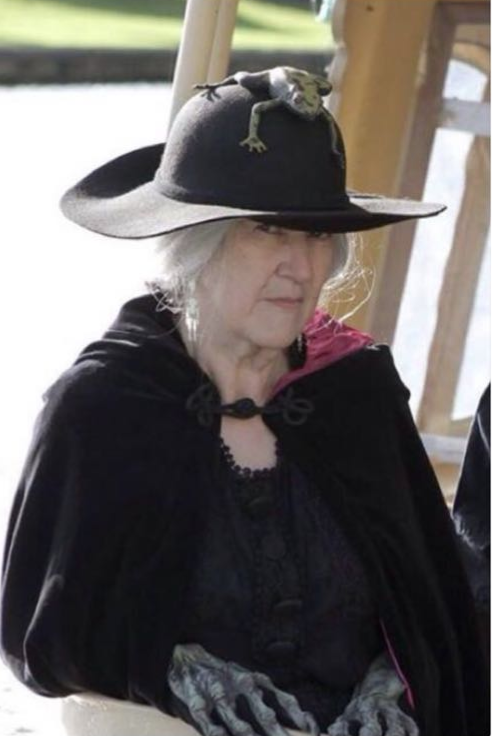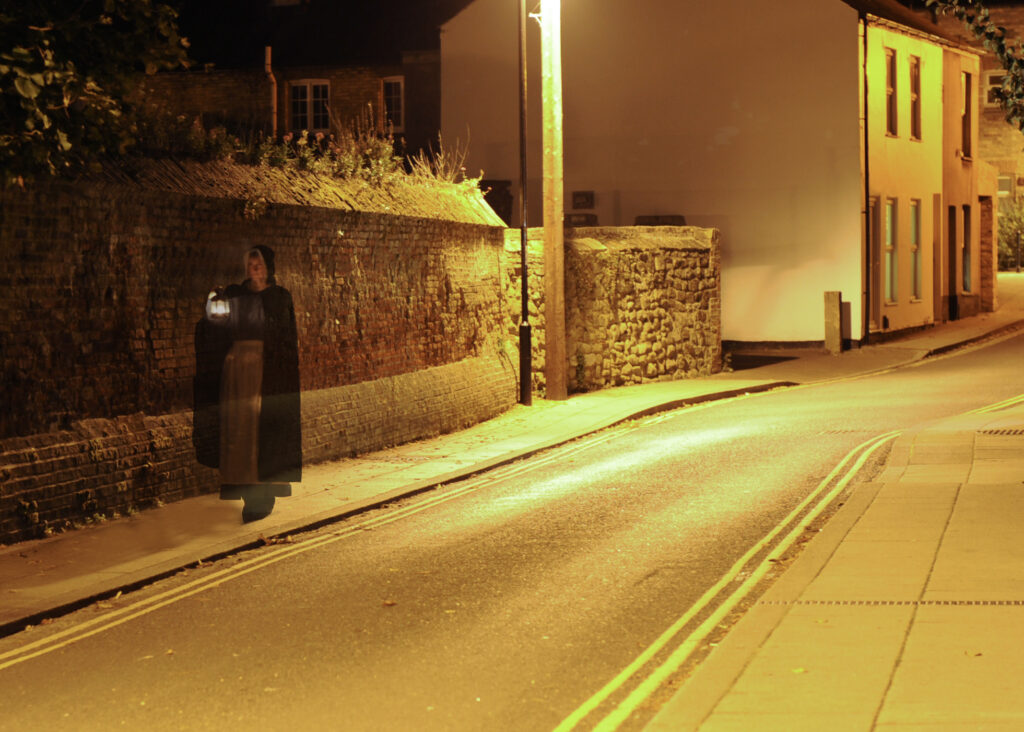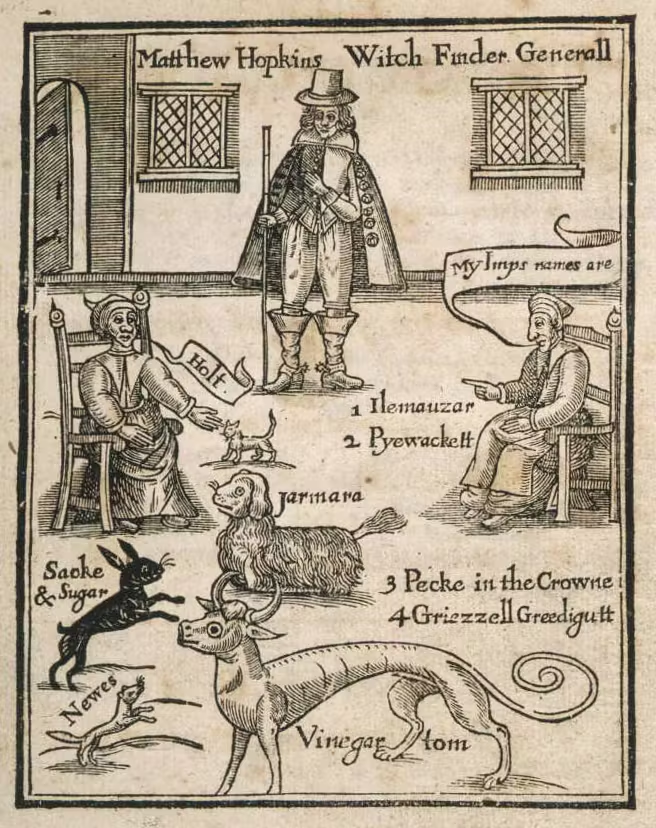Delve into the dark past of witchcraft and the witch trials in Ely this autumn at Oliver Cromwell’s House…
As we approach Halloween, a popular celebration that has come to be associated with pumpkin carving, scary costumes and trick or treating, our thoughts turn to the macabre and supernatural. That includes witches and witchcraft – which historically was regarded as malevolent magic and feared by all.

Today, when we think of a witch, we conjure up images of pointy hats, black cats and noses covered with warts; a cliché that originates from medieval Europe when witches were sought out and persecuted. But in those days, it wasn’t just those that looked the part that were accused and tried. Anyone older than 40 was immediately treated with suspicion, especially widowers, childless women and those who were progressive.
As Nora Gardner, tour guide for Oliver Cromwell’s House explains, this was bad news for Ely and the Cambridgeshire Fens during the 17th century, when many men were dead or away fighting in the civil war raging at the time.
“The Isle of Ely as it was known then was rife with witch hunts during the mid-1600s,” she says. “Widespread poverty and growing discontent fuelled by the civil war largely contributed to this as the masses were looking for someone to blame.”
It was made worse by the introduction of the newly translated bible from Latin to English, which contained multiple references of witchcraft.
“Already naturally suspicious and superstitious, Ely became a hot bed for accusations,” Nora continues. “Led by self-proclaimed Witchfinder General Matthew Hopkins and his colleague John Stearne, it is thought that dozens appeared before the courts.”
The worst year allegedly was 1647, in which 13 people were charged and imprisoned awaiting trial. Unusually, five of the accused were male.
“We know for sure that one woman confessed and was hung in Ely’s Market Square – the standard punishment for those found guilty in East Anglia. Unfortunately, the fate of the others is unknown, as not all records survive or are legible.”

A lot of what we do know is down to the remarkable work of the Cambridge University Library, who uncovered and translated a number of court documents from Latin into modern English.
It was a gruelling process for anyone who was accused, with the suspect subjected to many tests including being tied to a stool throughout the night and forced to stay awake. Matthew Hopkins believed that if an animal entered the room, it was a familiar come to help them. In folklore, a familiar is a spiritual guardian in the form of an animal that protects or assist a witch.
If a ‘teat’, or mark on the skin was found also, it was supposedly evidence that the familiar had suckled on the witch’s blood.
“They claimed that what they were doing wasn’t torture, but the lack of sleep and food was so awful that it often led to confessions. That’s if they weren’t found guilty first,” says Nora. “In some cases, the accused would also be swum, which entailed tying their arms and legs together and throwing them in to Ely River.”
The idea was that the water would reject an evil person, so if you stayed afloat, you were guilty. While unimaginable now, this was the reality for the so-called witches of Ely and wider Fens in the 17th century while the witch trials lasted. Though judicial executions took place until 1717, the last witch trial in Ely was in 1679 with an outcome of a royal pardon from Charles II.

For anyone wishing to learn more about these frightening but fascinating events, Oliver Cromwell’s House will once again be hosting costumed witchcraft and witch trial tours on Thursday 9th and Thursday 23rd October. They will start outside the House finishing at the pub with a witch’s brew, with plenty of stops along the way.
“To bring the history to life, we begin our journey by taking a stroll towards Barton Gate near Barton Square, where the Bishop of Ely was known to hold offenders until their trial at The Old Shire Hall,” Nora explains. “From there, we walk through Cherry Hill Park to the river; a key location for the witch trials.”
The jaunt wouldn’t be complete without a visit to Market Square and the spot where the guilty were subjected to their final punishment all those years ago. There, Nora will paint a picture of what it would have been like, recounting tales of those poor souls who fell foul of the damning witch hunts.
On the 28th and 29th November, there will also be an opportunity to witness the re-enactment of a witch trial at Session’s House as part of their annual ‘Trials of Terror’. Featuring accusations, testimonials and even genuine dialogue from the original case, it’s the perfect chance to experience the area’s vibrant past in a new and creative way.
To purchase tickets for the witch tours or witch trials at Session’s House, or to find out more about upcoming events, visit www.olivercromwellshouse.co.uk today.

